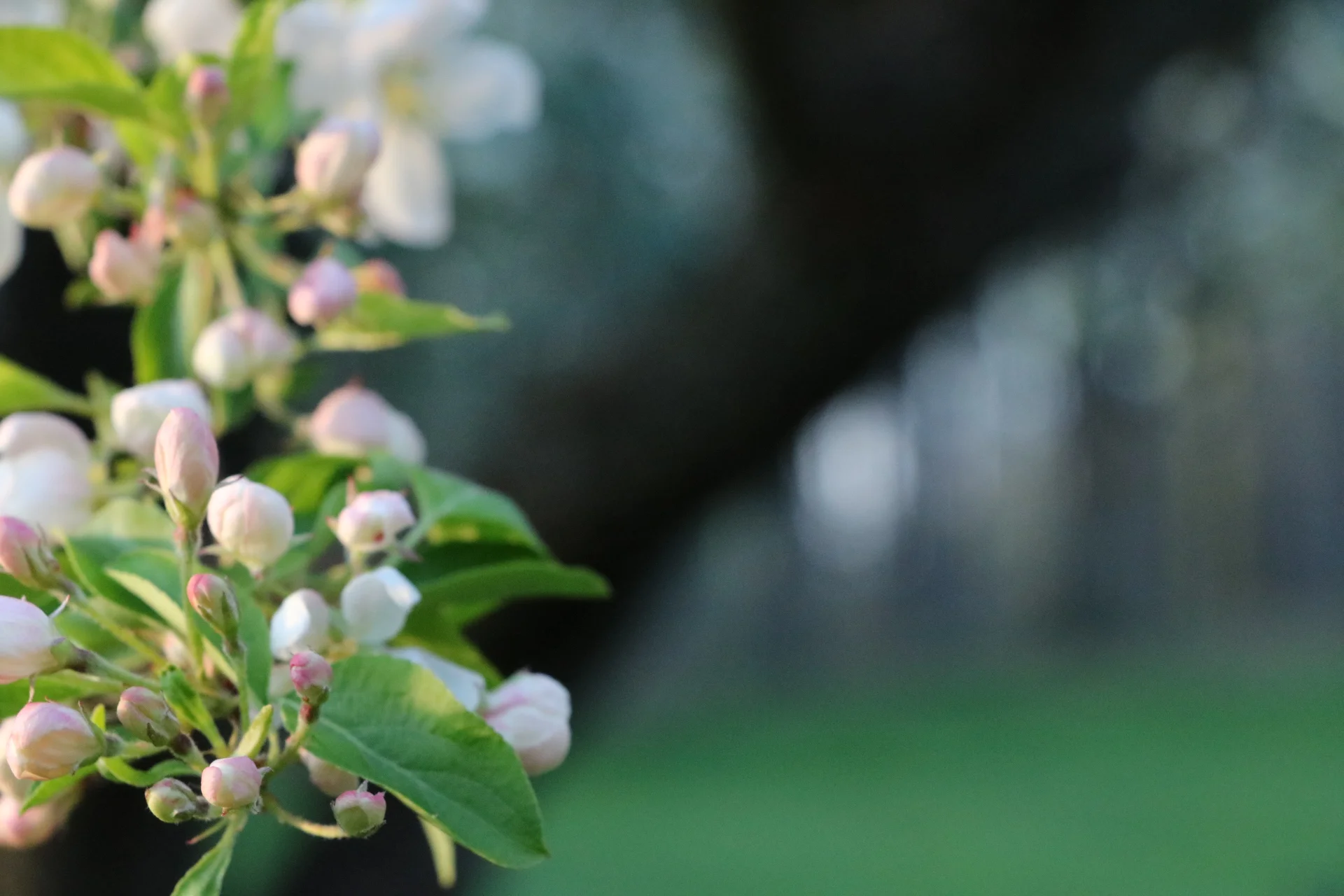Parker's Picks — Black Chokeberry
/This week’s Parker’s Picks Native Plant of the Week is a winner for humans and healthy habitats alike.
Black chokeberry (aronia melanocarpa)
Black chokeberry (aronia melanocarpa) is a rounded, upright shrub native to Western New York’s moist woodlands, pond edges, swamps and bogs. It features clusters of petite white flowers in the early summer which give way to purple-black berries. Those berries are an important food source for birds during winter, as they tend to persist on the shrub through the cold months. Black chokeberry is a reported larval host for the coral hairstreak butterfly, too.
Black chokeberry is a four-season-interest shrub. In addition to the summer blooms and late-season fruit, black chokeberry leaves, glossy green during the growing season, turn deep shades of red, burgundy and orange in autumn.
While black chokeberry tend to be found in wet spots around our area, it is adaptable to a variety of soil conditions, from acidic (around 5.5 pH) to slightly alkaline (8.0 pH) and can take the heavy clay typical of many Western New York backyards. Black chokeberry does best in full sun but will grow comfortably in partial sun, as well, making it a versatile choice for home landscapes.
Consider grouping black chokeberry to establish a suckering, informal hedge or planting a few as an alternative fruit crop. Its tart berries are not only for the birds; they are great for juice, jellies, sauces, too!
At a Glance
Name: Black Chokeberry (aronia melanocarpa)
Height: 4-6 feet
Width: 2-5 feet
Flower: small white clusters, late spring-early summer
Fruit: purple-black edible berries, mid-late summer through winter
Sun: Full sun, partial sun
Soil: Clay, loam, rocky
Drainage: moist, occasionally inundated, occasionally dry
Parker’s Picks is a recurring feature highlighting some of Masterson’s native plant expert Ken Parker’s favorite tree, shrub and perennial selections indigenous to our area.


